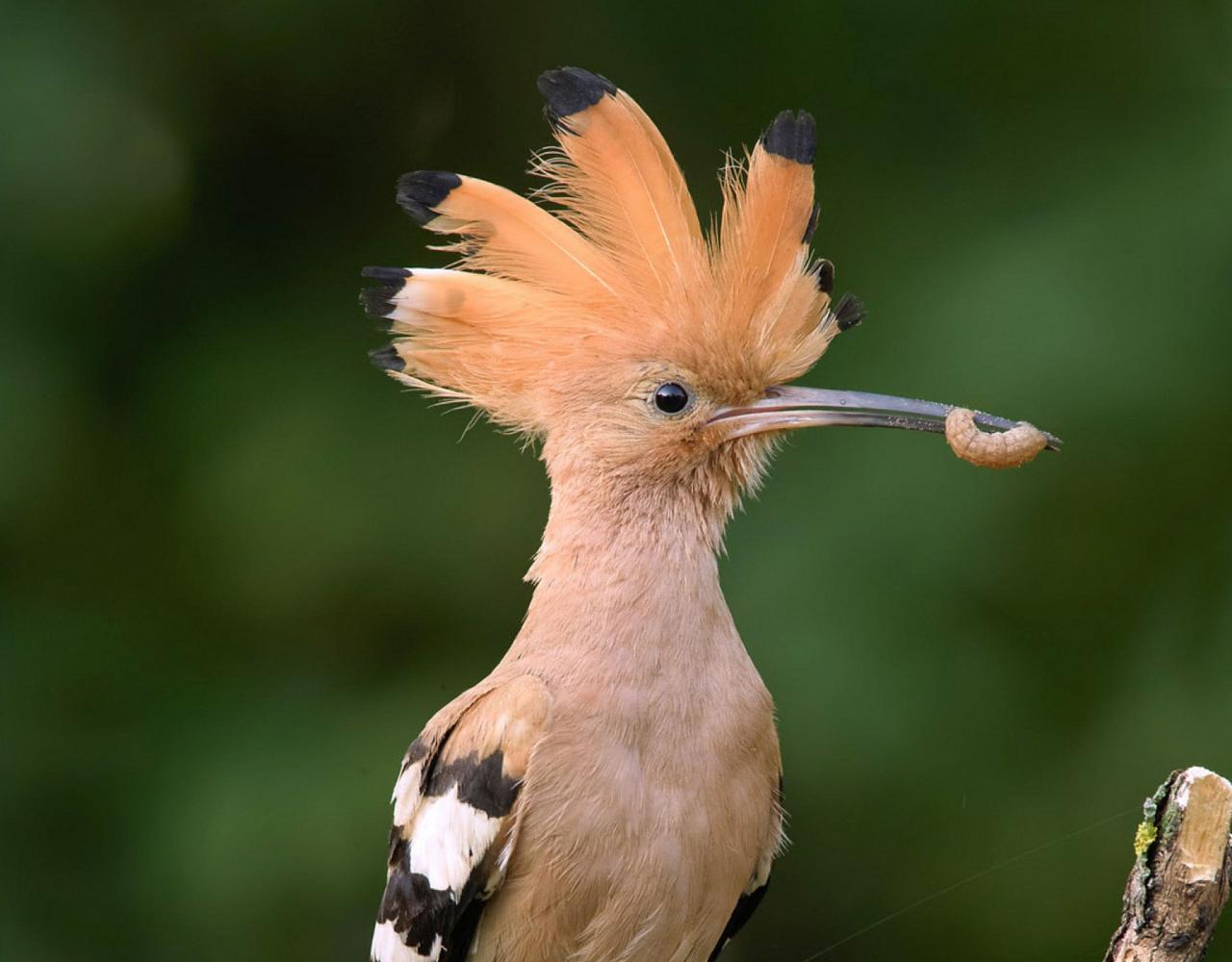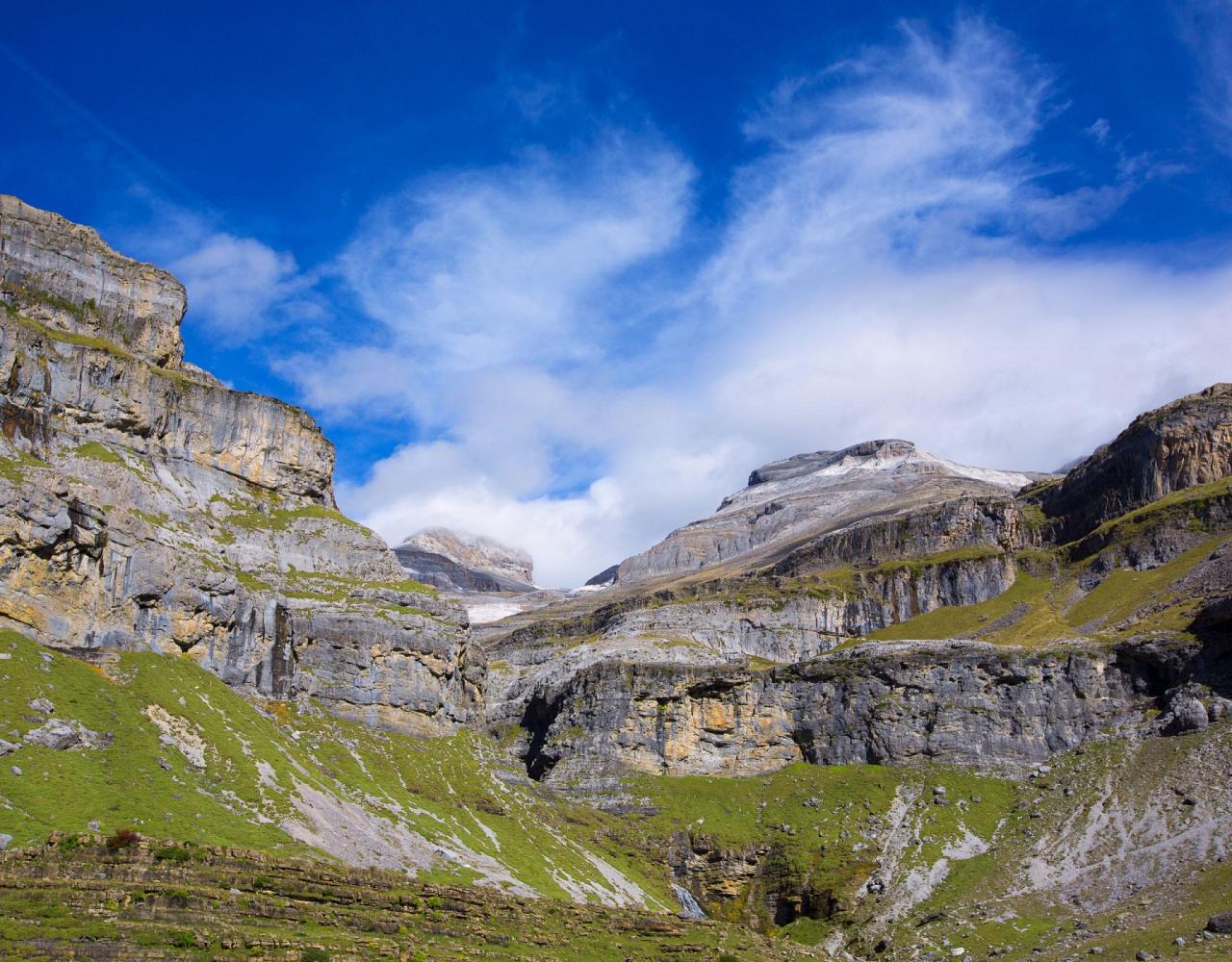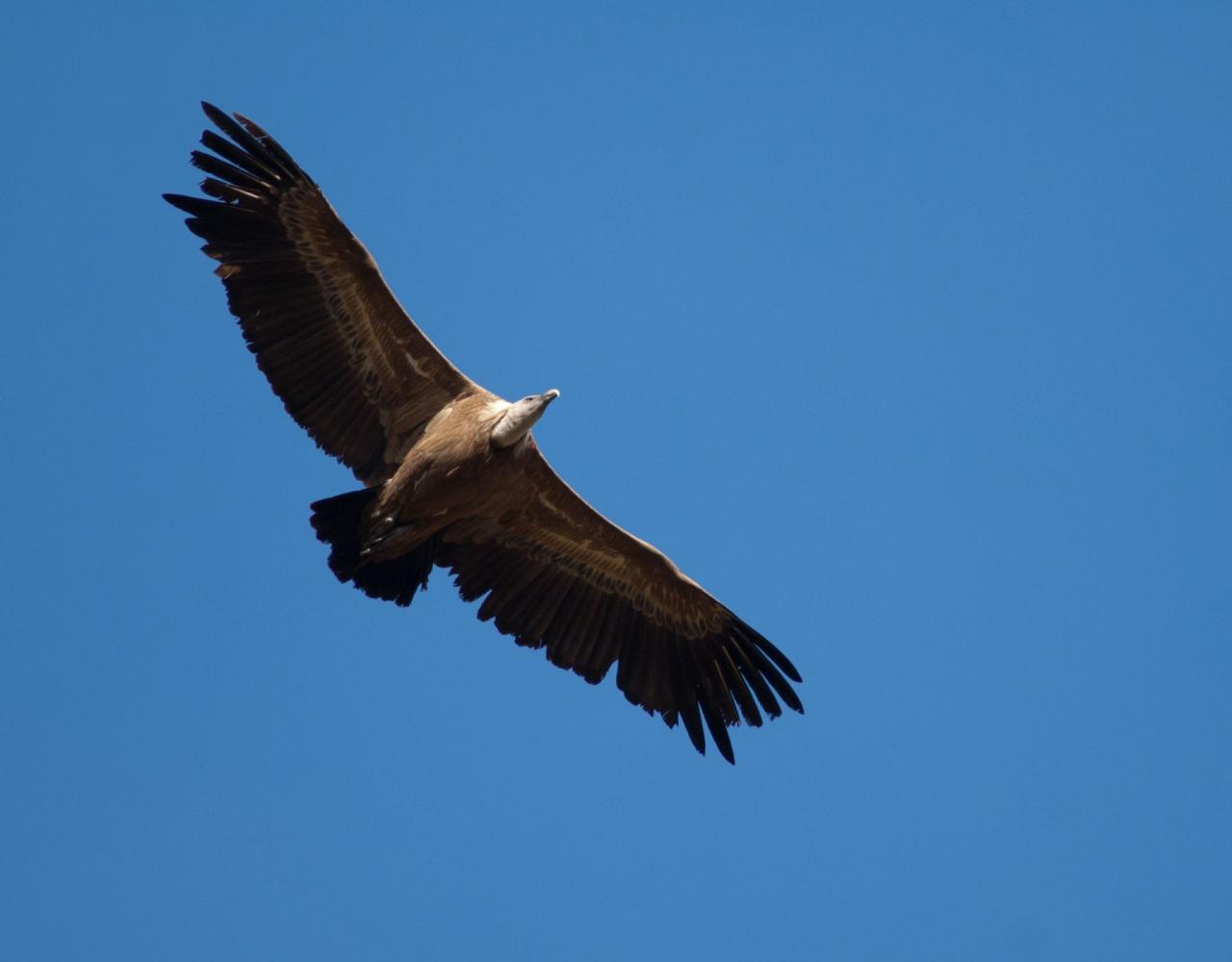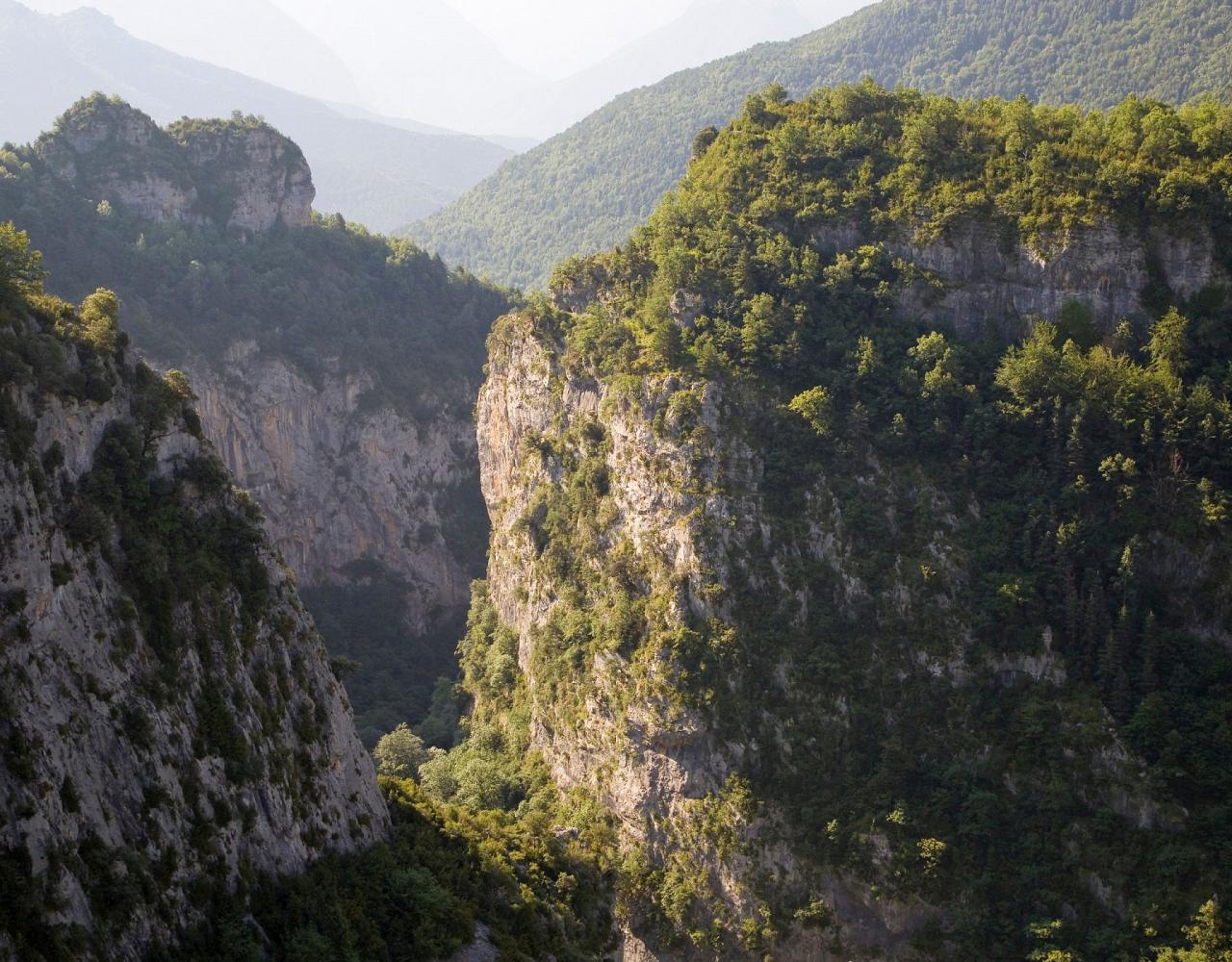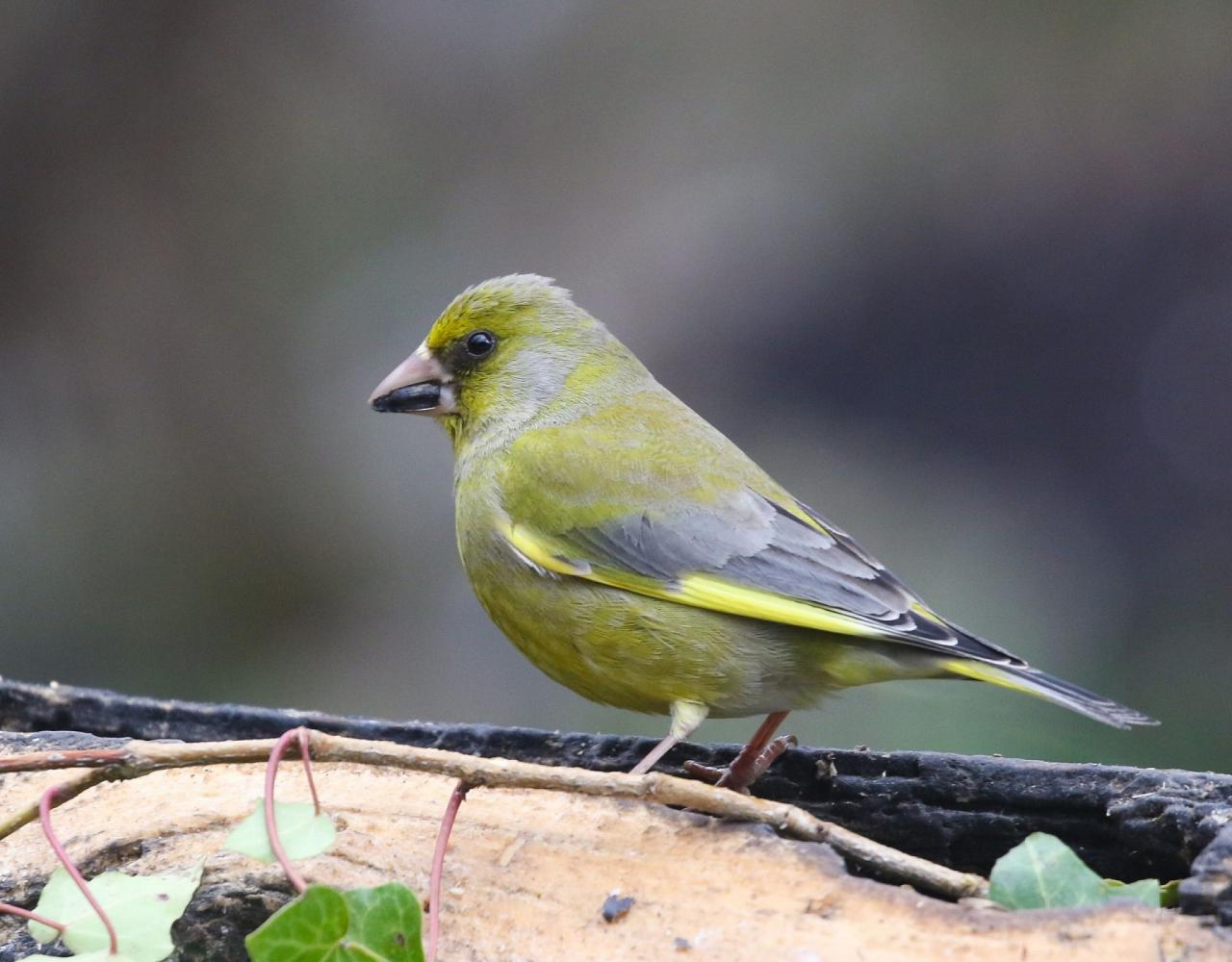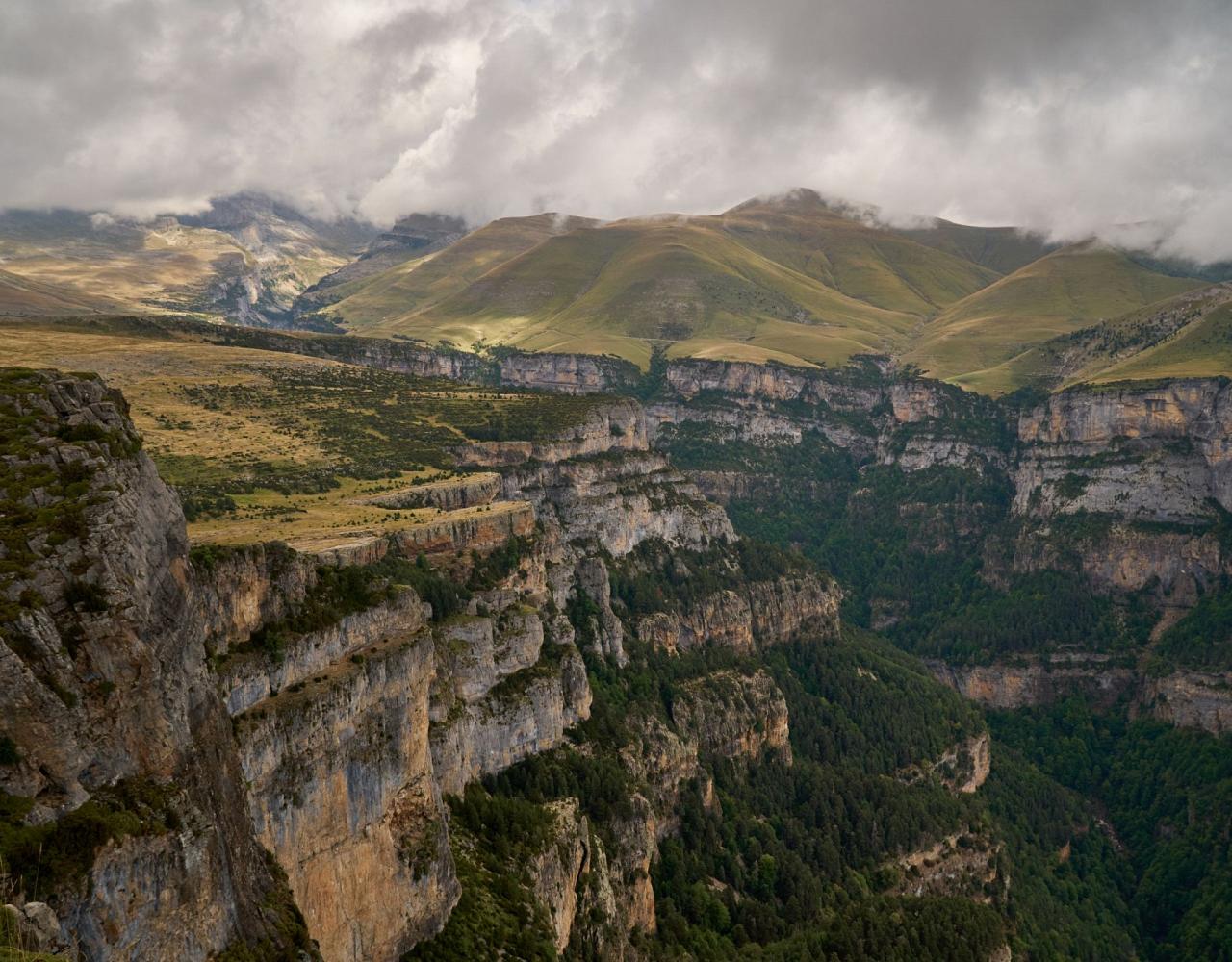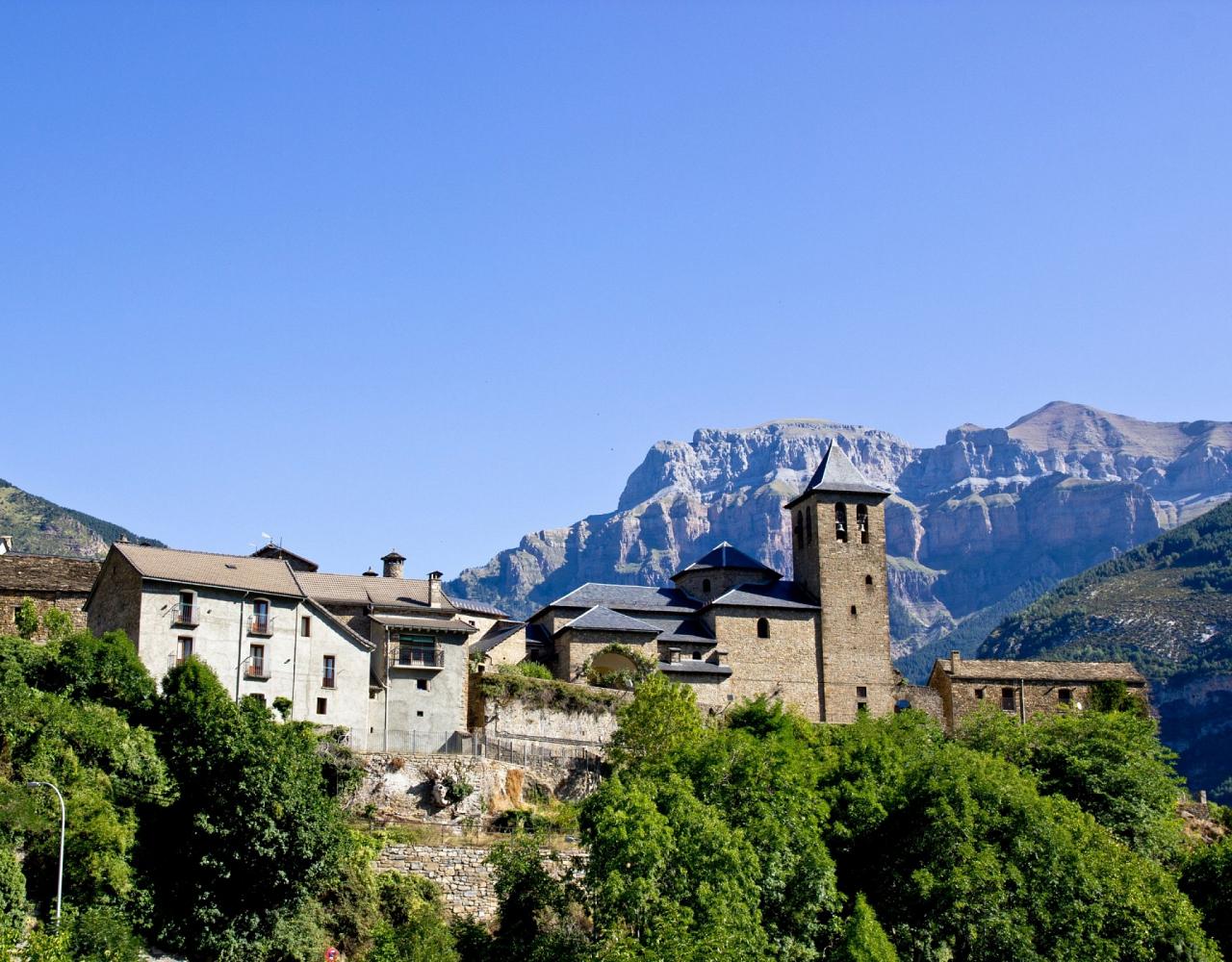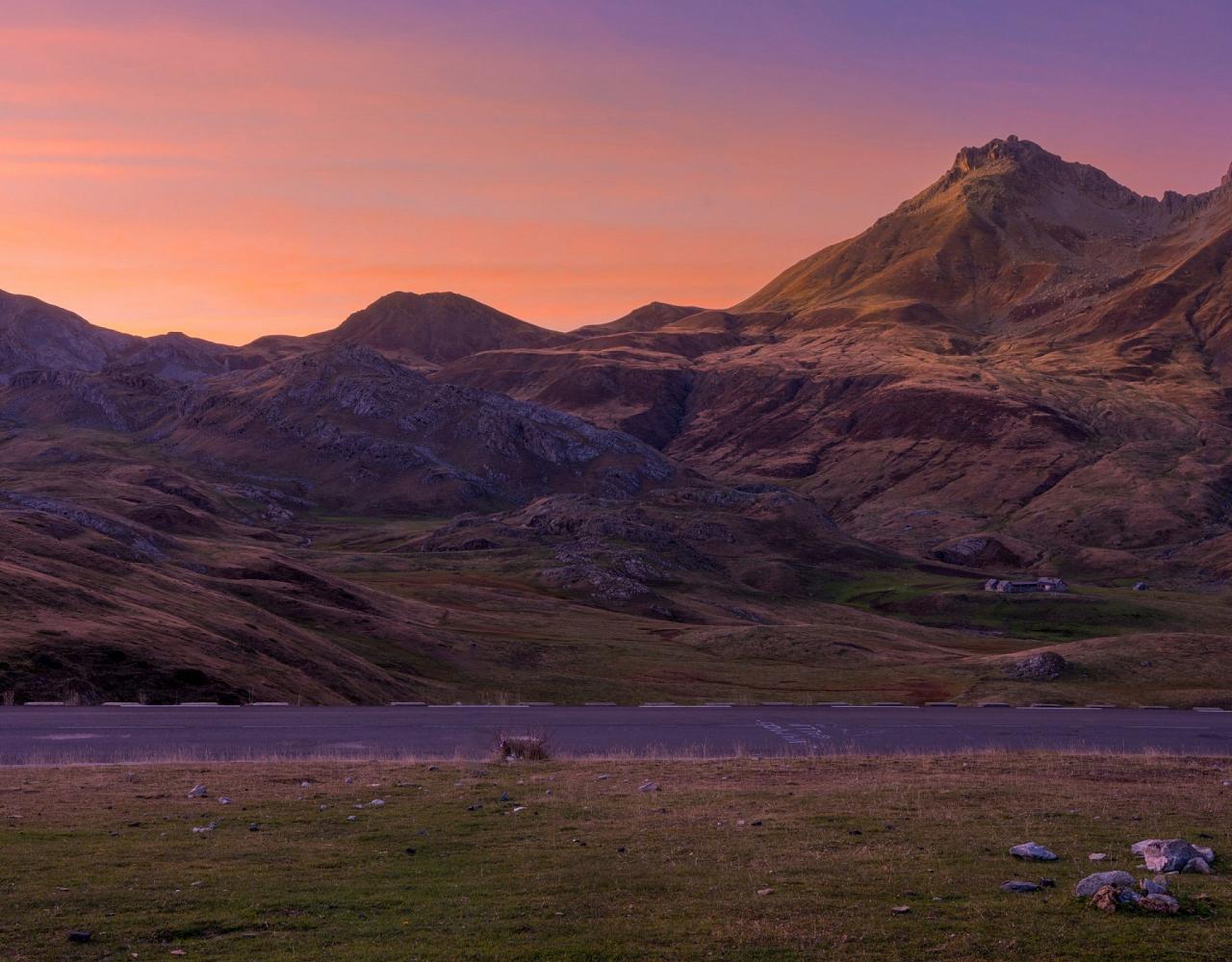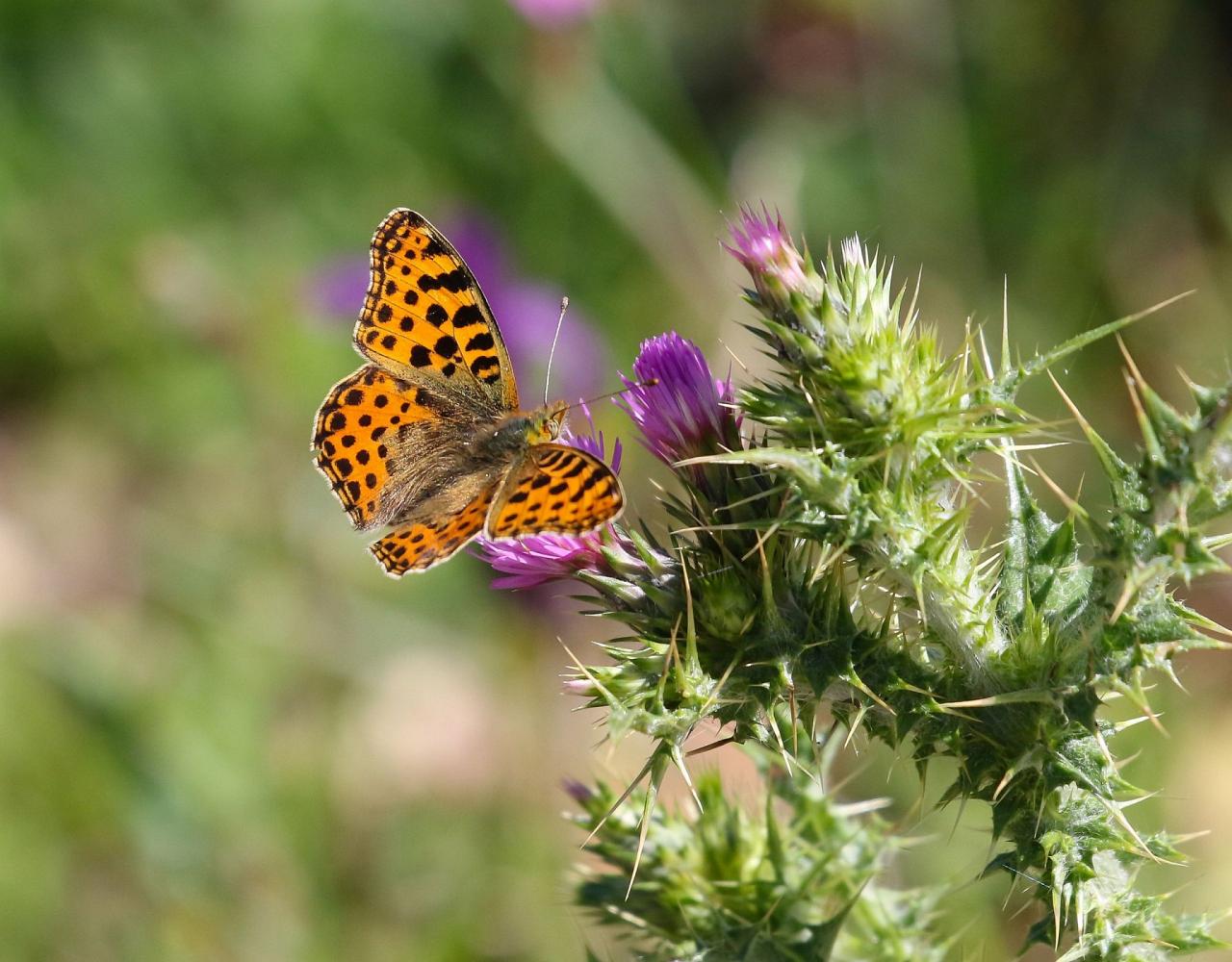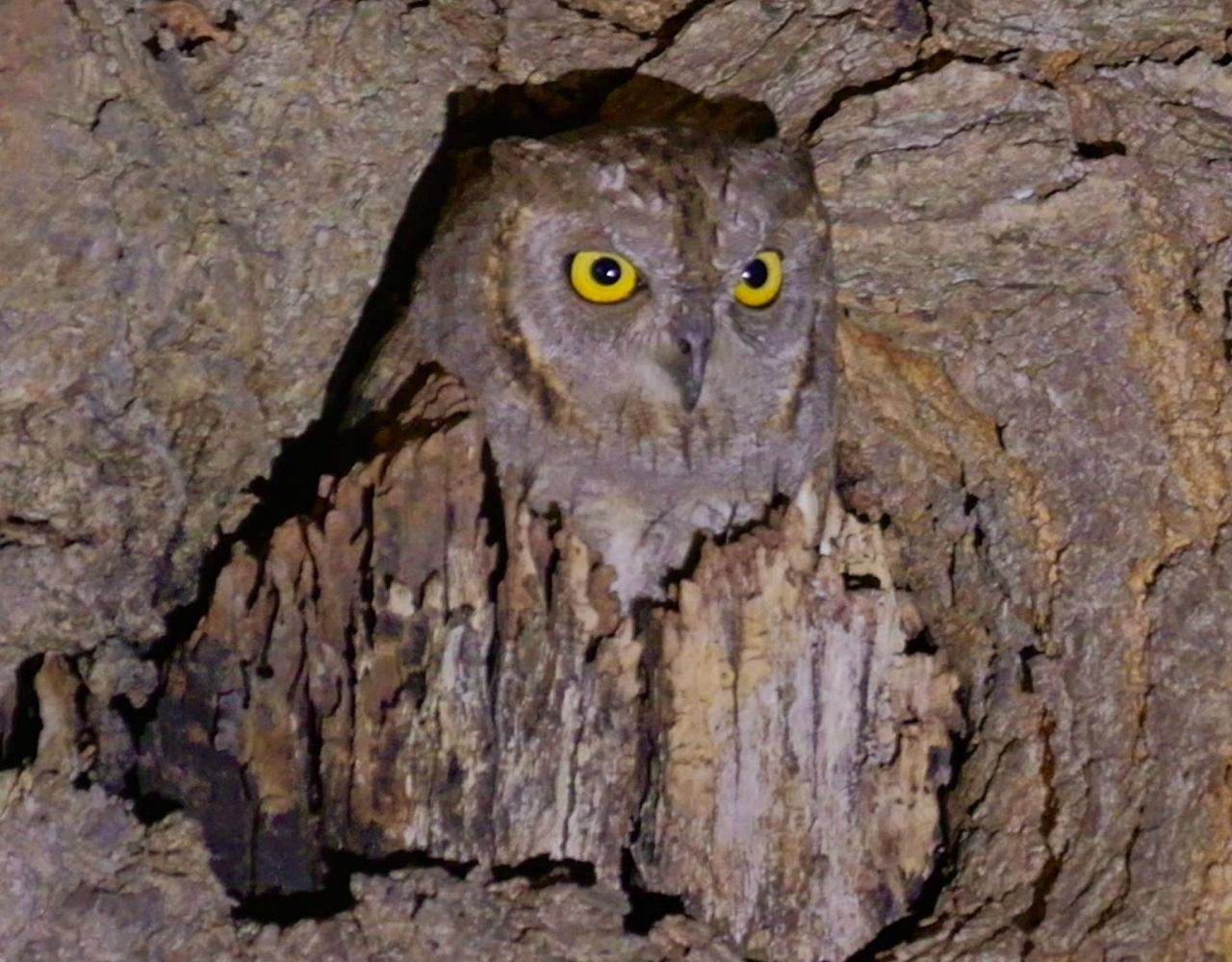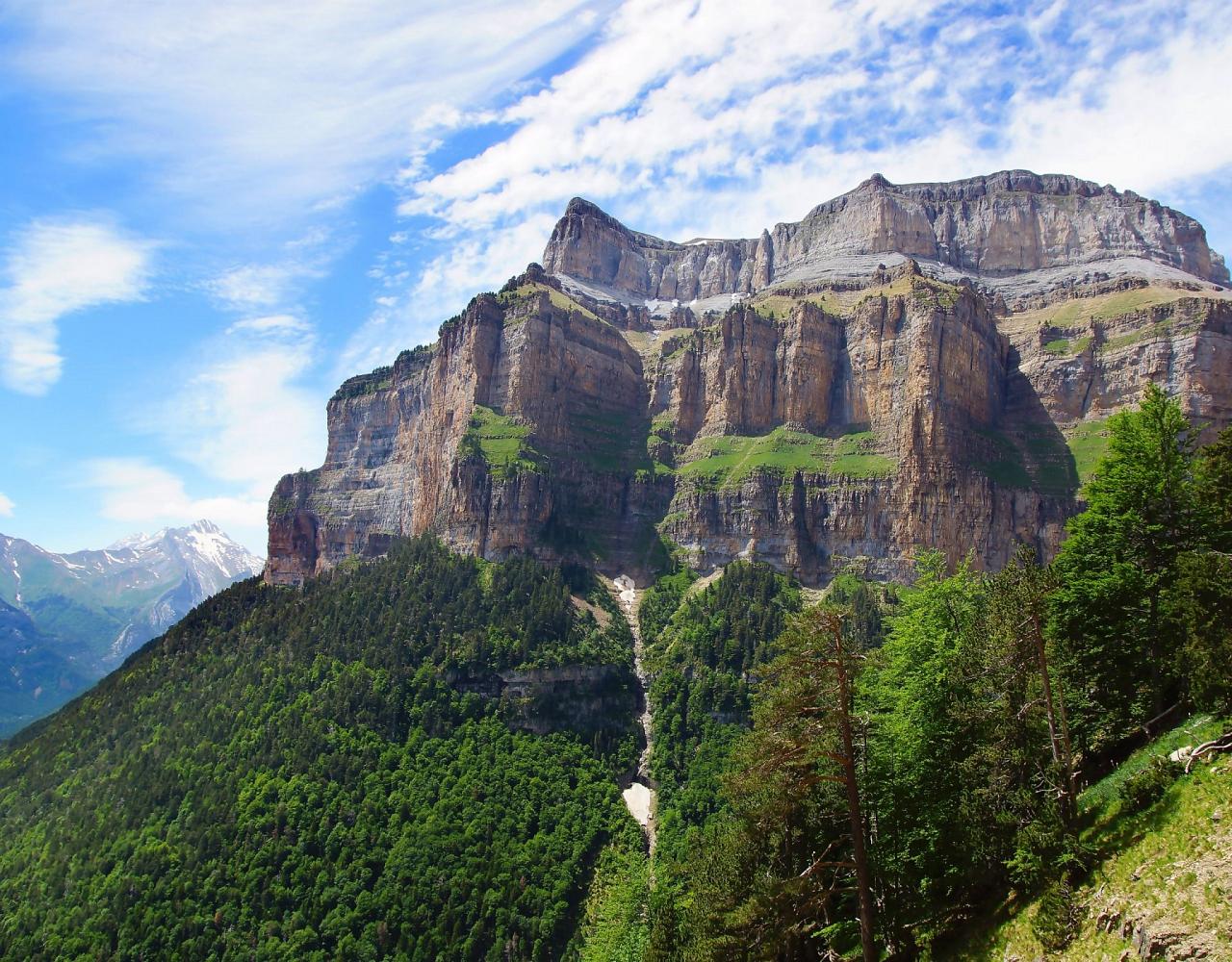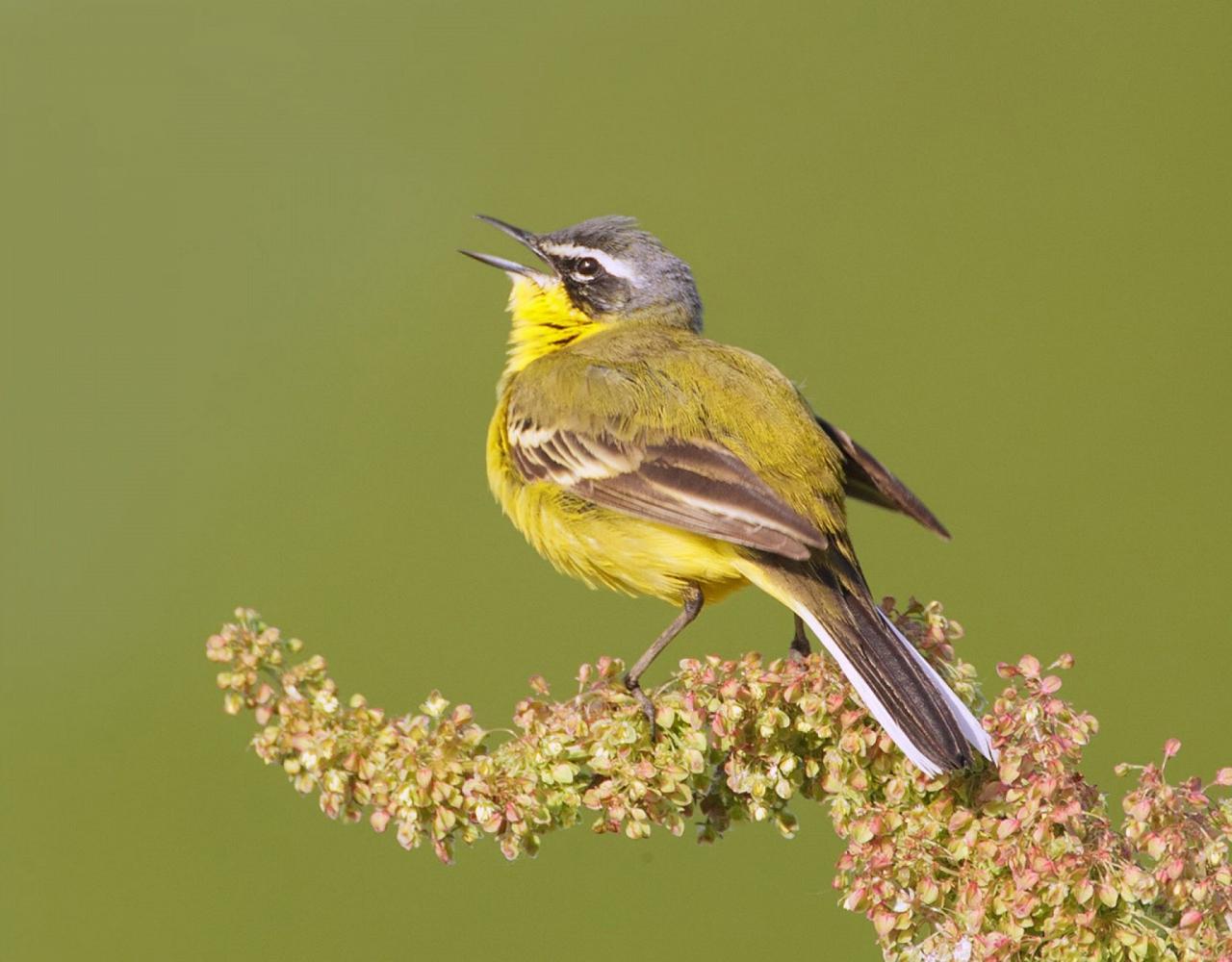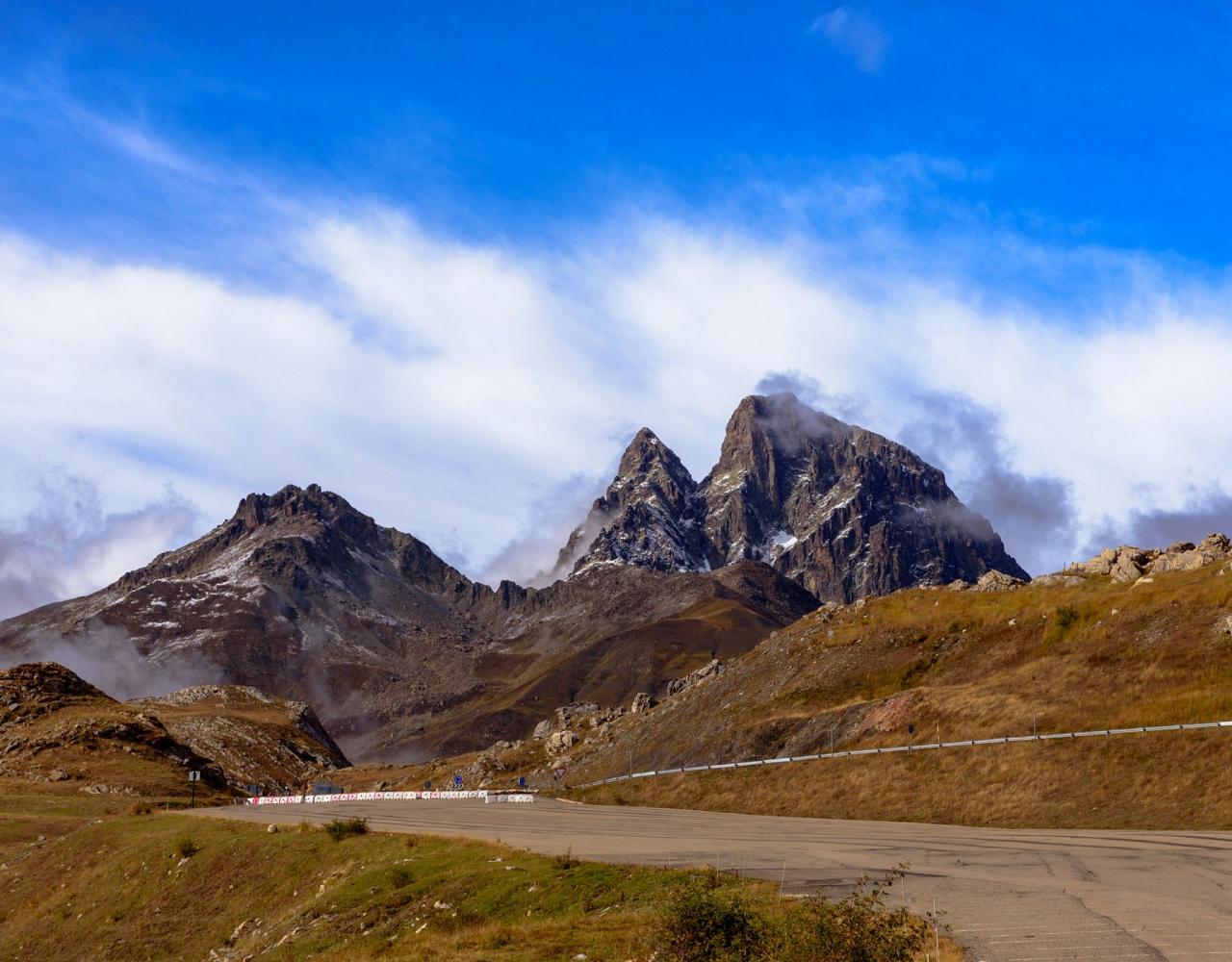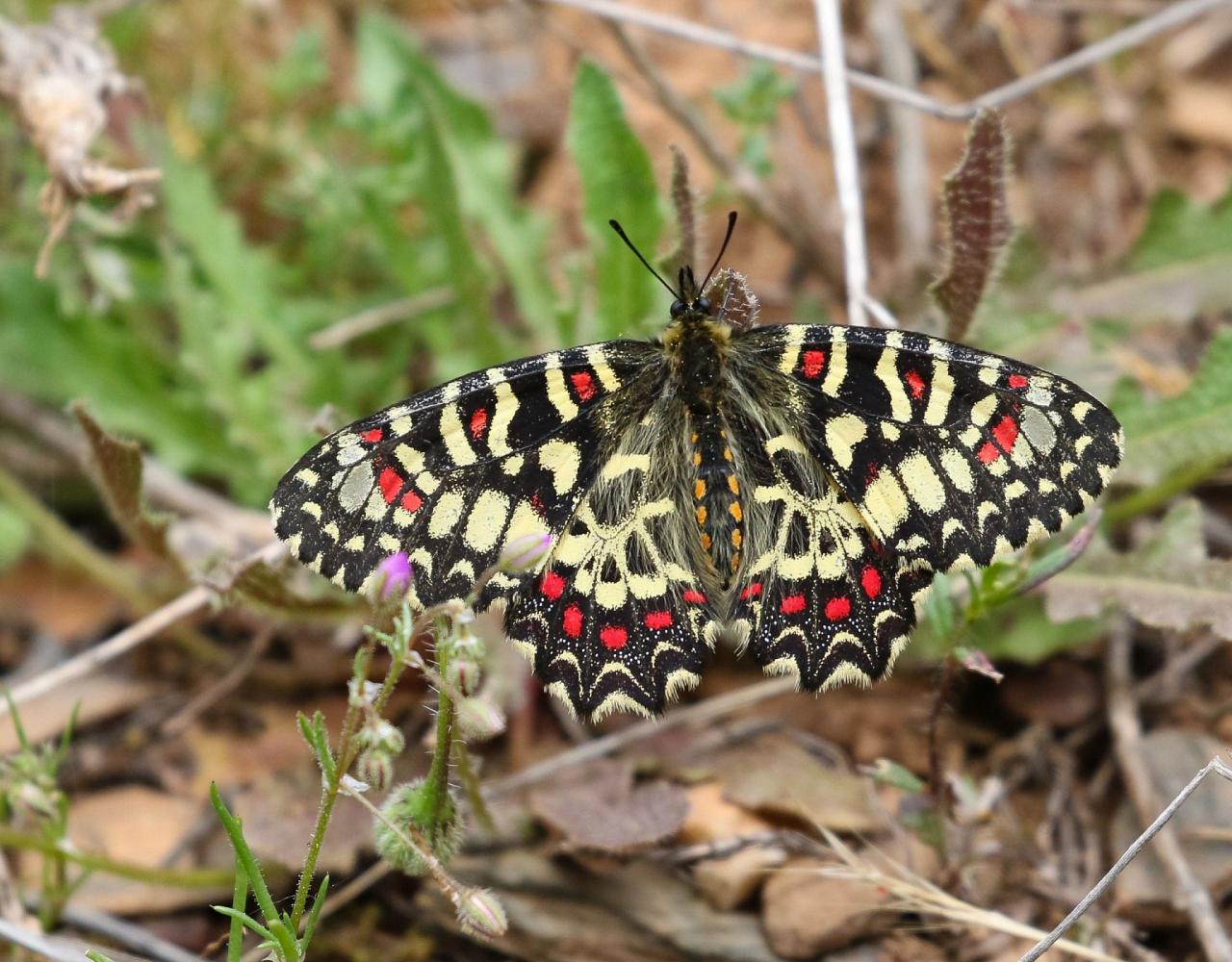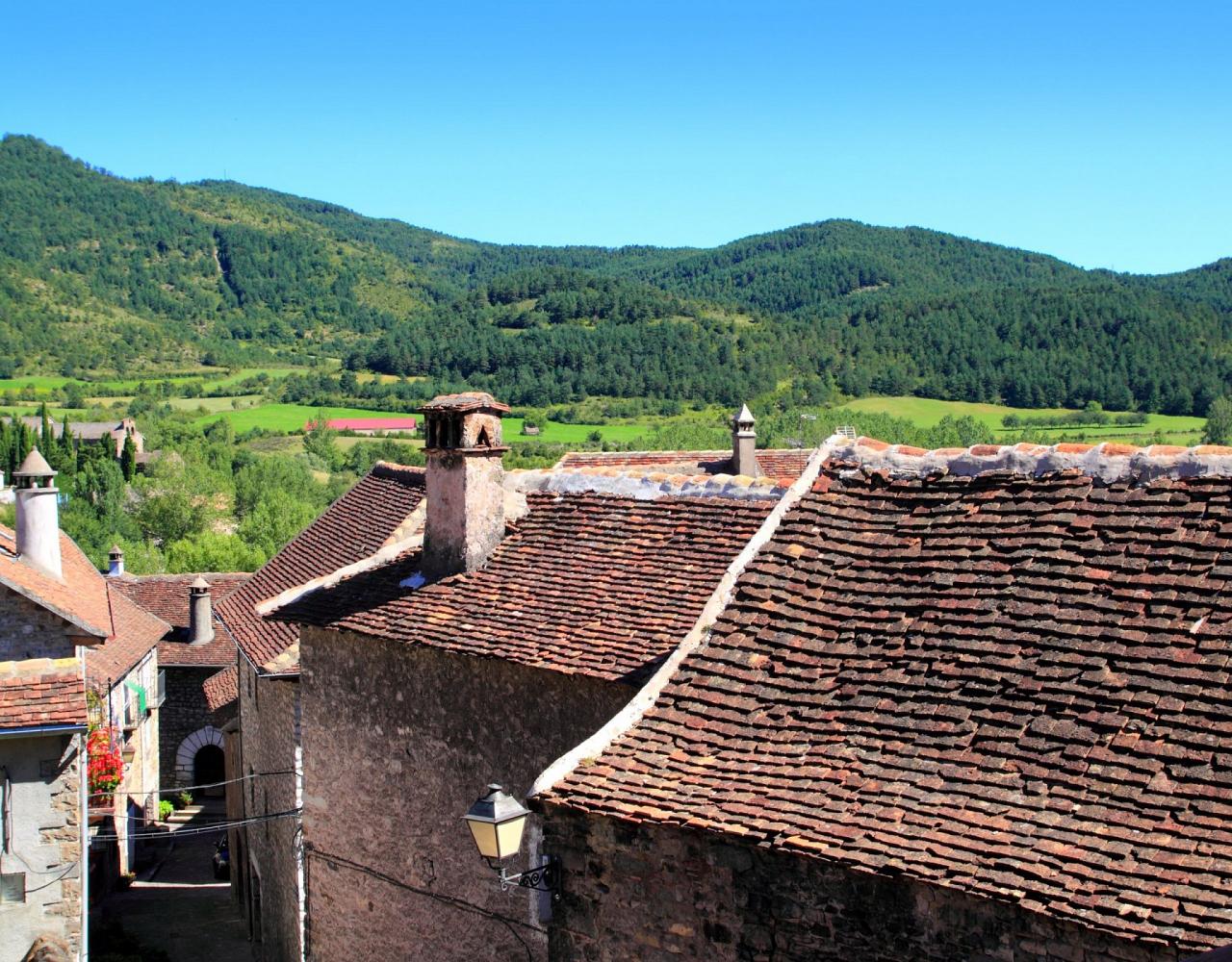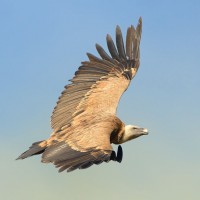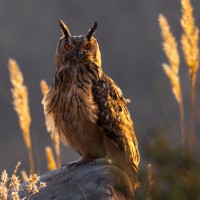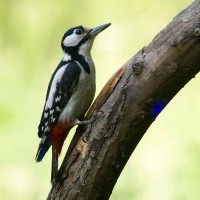- Overview
- Full Itinerary
- Photo Gallery
- Costing
- Travel Details
- Trip Reports
- Guide
- Know Before You Go
- Other Trips You May Like
From Barcelona’s lively streets and Mediterranean wetlands to the wild cliffs, valleys, and alpine meadows of the Pyrenees, this journey is designed to showcase the very best of northern Spain’s natural and cultural treasures. We begin surrounded by the history, architecture, and vibrant birdlife of one of Europe’s great cities before heading west into open steppes, home to iconic species such as European Roller, Little Bustard, and Great Spotted Cuckoo. As we travel north, the landscapes shift dramatically—desert-like plains give way to red-rock cliffs, verdant valleys, and, finally, the breathtaking high Pyrenees. At every turn, the diversity of habitats reveals an equally rich mix of birds, butterflies, and wildflowers.
This thoughtfully paced itinerary blends birding highlights with immersive experiences of place. Watch vultures soar against sheer canyon walls, seek the elusive Wallcreeper in hidden valleys, and marvel at Bearded Vultures gliding over alpine meadows ablaze with summer blooms. Along the way, enjoy the rhythm of Spanish life: savoring traditional meals, exploring medieval villages, and connecting with local conservationists and naturalists. The Spanish Pyrenees offer an extraordinary tapestry of nature, culture, and history—an unforgettable adventure for those eager to experience wild Europe in all its beauty.
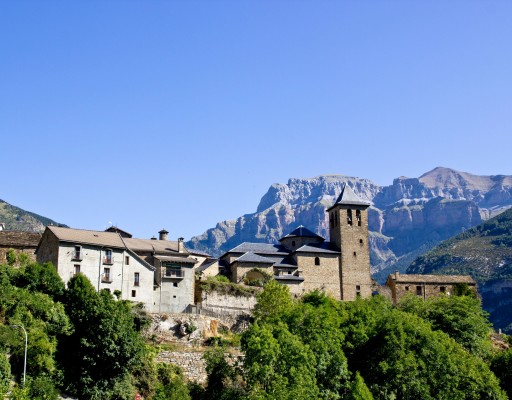
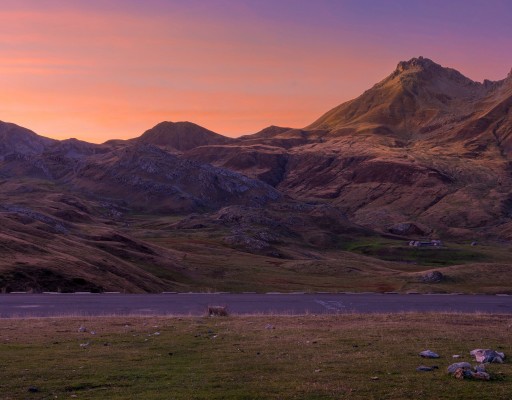
Tour Highlights
- Explore the rich wetlands of the Llobregat Delta, home to herons, ibises, terns, dragonflies, and orchids right outside Barcelona.
- Discover the unique birdlife of the Lleida steppes, from European Roller and Little Bustard to nocturnal Red-necked Nightjar.
- Seek iconic cliff-dwellers like Wallcreeper, Blue Rock-Thrush, and Griffon Vulture in the dramatic Mallos de Riglos.
- Immerse yourself in the wild beauty of the Hecho Valley, with chances to see Bearded Vulture, Alpine Marmot, and endemic alpine flowers.
- Marvel at breathtaking vistas in Ordesa y Monte Perdido National Park on a private 4x4 excursion into glacial canyons and high waterfalls.
- Enjoy Spanish culture and hospitality through medieval villages, traditional cuisine, and encounters with local naturalists and conservationists.
Trip Itinerary
Itineraries are guidelines; variations in itinerary may occur to account for weather, road conditions, closures, etc. and to maximize your experience.
Wed., July 8 Arrivals in Barcelona
Welcome to Barcelona! Please plan to arrive at your leisure today, though we encourage you to arrive in time for dinner with the group tonight. Those that are in early can plan to casually meet up with your guide for some local birding. We hope many of you plan to arrive early and explore the wonder of coastal Barcelona.
This is a world-known city full of treasures! La Sagrada Familia cathedral is a must see UNESCO site designed by the famous Antoni Gaudi. There are always birds circling the stunning monument. And right along an eclectic mix of people from all over the globe is an exotic suite of birds like Common Waxbill and Monk, Rose-ringed and Mitred Parakeets. A multicultural place indeed. Listen for soaring and squeaking Alpine and Common Swifts, Peregrine Falcon living and breeding in the high towers, Yellow-legged Gull soaring in from the Mediterranean, and European Goldfinch and Greenfinch living in harmony with people in urban areas. Even typical mountain birds like Eurasian Crag-Martin and Black Redstart have come down from the rocks and boulders to enjoy man’s concrete and stone creations. We can expect to see 20 or more bird species to get started today.
This evening we enjoy our first meal together, go over the plans for the course of the trip and get to know each other before embarking into the steppes tomorrow.
Accommodations in Barcelona (D)
Thurs., July 9 Llobregat & Lleida Steppes
We leave the city early today to avoid morning traffic and take a short drive towards the Llobregat Delta Nature Area of the Llogregat River, where we enjoy the only possible moment to see and hear some typical wetland and shorebirds of the trip. The wetland is just south of the city, quite near the airport. The preserve is not only home to lagoons and wetlands, but also coastal pine groves on dunes, and virgin beaches with dune vegetation and hosts 22 species of orchid. We watch for Glossy Ibis, Sedge Warbler, Great Reed Warbler, Gull-billed Tern, Sandwich Tern, Little Bittern, Western Yellow Wagtail, Common Nightingale, Squacco Heron, Western Swamphen, Western Marsh Harrier, Eurasian Spoonbill, Water Rail, Gadwall, and Little Stint … just a few of the common birds in this wetland jewel near Barcelona. Our eyes and cameras are also focused on dragonflies: look for Violet Dropwing, Western Willow Spreadwing, Black-tailed Skimmer, and more! Also the first butterflies appear as the endemic Speckled Wood (forma aegria), Red Admiral, Brimstone, Large Skipper, and more!
We leave the coastal area on our way west towards the unique steppes that lay before the Pyrenees. The steppes are under enormous threat by the growing influence of industrial farming (corn, pigs, poultry) but some of the areas are luckily still intact! This steppe region is a huge, flat and dry area where a variety of landscapes make for excellent birdwatching: savanna-like habitats with sparse trees, irrigated agricultural fields, almond and olive groves, and reservoirs with extensive reedbeds. We look for Eurasian Hoopoe, European Roller, Lesser Kestrel, Crested Lark, Greater Short-toed Lark, Montagu’s Harrier, Eurasian Thick-knee, Red-legged Partridge, Little Bustard, iconic White Stork, Great Spotted Cuckoo, European Bee-eater, and in the evening we check for Eurasian Eagle-Owl as well as Red-necked Nightjar, a species found only on the Iberian Peninsula. The steppes are always a good place to check for hide and seek butterflies, too, that, due to fantastic camouflage, blend in with the background. Skippers and Striped Grayling are just a few.
In the evening we stay in the amazing city of Zaragoza, a city full of cultural and architectural highlights. Our hotel is just a breath away from the plaza and its cathedral.
Accommodations in Zaragoza (B,L,D)
Fri., July 10 El Planeron Ornithological Reserve | Piraces | Mallos de Riglos
This morning we embark on an early excursion to El Planeron Ornithological Reserve, just south of Zaragosa … the steppes at their best. The Belchite area is world-renowned, not only for its ruins left over from the Spanish Civil War—frozen in time for over 80 years— but also for bird hide photography due to its strong population of Black-bellied and Pin-tailed Sandgrouse. The landscape here reminds us of the American Southwest and Northern Mexico or parts of Africa. The landscape around the reserve has been shaped by its geological history, soft clay and gypsum soils, and an extreme climate of scarce but torrential rain, strong winds, and dramatic temperature swings. These forces have carved a broad clay plain dotted with small gypsum hills, bordered by steep escarpments like La Lomaza and La Pedriza, and crossed by seasonal brackish ravines where salt deposits form. Though usually dry, these ravines can flood suddenly during heavy rains, cutting deep gullies and making roads impassable. Sandstone sculptures and eroded mini canyons decorate the landscape. The preserve safeguards one of the best-preserved steppe ecosystems in all of Europe.
We enjoy good looks at plenty of other interesting birds in the area too, including Common Quail, Black Kite, Iberian Gray Shrike, Calandra Lark, Greater Short-toed Lark and gorgeous Hoopoes, which we hope to see every day!
Upon leaving the reserve, we backtrack a bit then head north of Zaragosa. As we move up to the higher elevations we pass the canal near Piraces, the best place to observe European Bee-eater and Rock Sparrow. The bee-eaters like to bathe here and they can be photographed with ease. Black Wheatear are regularly seen here and we might see our first vultures soaring the desert-like skies. We pass a local reservoir with a large colony of Red-crested Pochard and shy Eurasian Bittern holds guard in the reedbeds and high grasses where Zitting Cisticola do their dance. On request a photography hide can be booked.
We drive further north to Mallos de Riglos, a spectacular conglomerate rock formation in the foothills of the Pyrenees at 3300 feet in elevation; towering nearly 1000 feet over the valley, their rounded tops set this formation apart from the surrounding foothills. Our hotel for the night is near Riglos in a small town with exceptional vistas, where we can enjoy the local delicacies, with a nice evening meal, Spanish style! We recap our bird list for the day as we perhaps taste the local wine.
Accommodations near Riglos (B,L,D)
Sat., July 11 Kingdom Of Cliffs
We visit the Mallos de Riglos or “kingdom of cliffs” today, complete with good birding and gentle hikes. We skip the most popular route, avoiding tourist crowds and Instagram hikers, which takes us near a Griffon Vulture colony. As we walk through orchards along rosemary shrubs, we watch and listen for the Dartford, Sardinian, and Subalpine Warblers that make their home here. We also check for stunning Blue Rock-Thrush and beautiful Black Wheatear on the cliffs.
This afternoon we make our way by car to the vulture and griffon hide and we have stunning views of the Mallos de Riglos. The endangered Egyptian Vulture makes its first glorious appearance of the trip here.
Near the Romanesque Loarre Castle, one of the oldest castles in Spain, we check the flowering fields; butterflies we can expect to see sage skipper, large grizzled skipper, and ripart’s anomalous blue. In this area we could spot Tawny Pipit and listen to the song and calls of Ortolan Bunting. Alpine and Common Swifts are ever present, and we watch for the jewels-tones and distinct call of bee-eaters. Look up for chances at raptors like Eurasian Griffon and Short-toed Snake-Eagle.
Today is a full day of relaxed birding, exploring, and absorbing the wonders and age of our planet. This evening we can relax a bit and those that wish can sample some Spanish wines.
Accommodations near Riglos (B,L,D)
Sun., July 12 Hecho Valley
We spend a full day today in the Hecho Valley, the most western part of our journey and the only area we visit with a distinct Atlantic character. It is a popular ski area, located quite close to the French border and about an hour due east from the famed city of Pamplona. As we drive out, we pass hedgerows where beautiful Red-backed Shrike breed and show themselves. European Honey Buzzard, fork-tailed Red Kite, and even Booted Eagle soar above this landscape. Our guide knows a hidden spot where we can for hard-to-find Wallcreeper; this butterfly-like bird is one of the highlights of the day, if not the trip! If we dip on our first stop, we plan another stop at Hell’s Mouth Canyon (Boca del Infierno) where Wallcreeper are often seen.
As we pass the river, we check for White-throated Dipper, Gray Wagtail, and late orchids still blooming in the area. At open spots with flowers, we might see stunning butterflies like purple emperor, white admiral, and silver-washed fritillary. At the end of the road we go for an easy afternoon walk. Our first Bearded Vulture (Lammergeier) might be seen here. We are in an area where Alpine Marmots have their home after a successful reintroduction in the 1940s, striking Red-billed Chough breed, and we see myriad endemic flowers with the word “Pyrenees” often in the name. Today is a quiet day, with few encounters with other people, a real immersion into wild Europe. We enjoy another delicious evening meal and go over our species list for the day back at our comfortable hotel.
Accommodations near Riglos (B,L,D)
Mon., July 13 The Wild Northern Guara
We explore the Wild Northern Guara today, home to abandoned villages, overgrown fields, a wealth of plants and many butterflies! This area is totally un-touristy, and each stop we make is different. Huge groups of Griffon Vultures might appear from out of nowhere—fun fact, the collective noun for these vultures varies by activity: “a kettle” for a soaring group, “a committee” for a perched group on group on the ground, “a wake” for a group on a carcass. Additionally, a variety of over 50 species of butterflies can be seen. We have the chance to see all the regional raptors here, too, including Short-toed Eagle on the hunt for the plethora of reptiles found here.
Some alternative communities are repopulating some of the beautiful old villages in the area and have opened up a small bar with a terrace, where it is just fantastic to relax, have a drink, and watch the birdlife go by.
In the area we can find also dolmen from our ancestors (old burial sites made with huge boulders), something unique to the Old World. There is a special atmosphere among these places, and always interesting biodiversity to discover with the song of a Cirl, Corn, or Rock Buntings that set a pleasant soundtrack. We have time to wander and explore around the old ghost towns and cemeteries, or take a peek inside tiny, centuries old churches. The only tourists you find here are pilgrims or courageous backpackers walking off the beaten track; there is truly an energy in the mid Pyrenees that you do not want to miss.
At the end of the day, we visit a unique butterfly museum in the village of Aneito (only 40 inhabitants), where Enrique shows and tells us all we ever wanted to know about the world of butterflies and moths. His creativity and enthusiasm has led him to become an impressive combination of conservationist, artist, musician, craftsman, and author; you will long-remember Enrique.
Tonight we stay in a private house in the middle of the Wild Guara at Lasaosa, our home for the next two nights. Surrounded by nature and nightly sounds of Eurasian Scops and Barn Owls, Eurasian Nightjar, and morning songs of bright Eurasian Golden Oriole, large Mistle Thrush, Crested Tit and Sardinian Warbler, and with many butterflies to photograph, it’s a lovely area. The house has a huge kitchen, as well as six rooms with private bathrooms.
Accommodations in Lasaosa (B,L,D)
Tues., July 14 High Pyrenees & France
Today we focus on the high Pyrenees and take a small dip into France. The alpine meadows of El Portalet are stunning this time of year. We walk up to enjoy the colorful splendor of endemic wildflowers like vanilla orchid, Pyrenean fritillary, alpine gentian, and others. We have good chances to see Whinchat, Yellow-billed Chough, and Water Pipit, too. There is even a strong population of Asp Viper here. And best not to forget to keep our eyes to the sky, as raptors and vultures are always around, especially in the late afternoon, kettling around the peaks. Butterflies like apollo, eros blue, Spanish brassy, geranium argus, piedmont ringlet, and marbled skipper, are common in the meadows. We bring field guides with us to help sort through the plethora of tiny winged insects.
On our walks and drives today we might catch glimpses of the Pyrenean Chamois, a shy, goat-like mammal. Since we are walking above 6,000 feet, we move slowly and take our time so that this walk is accessible to everyone. Depending on their opening dates, some of the local ski lifts might be running, and if so, we can hop on and view the mountains from a fresh perspective.
Accommodations in Lasaosa (B,L,D)
Wed., July 15 Ordesa & Monteperdido National Park
We have a very special treat in store for today! This morning we embark on a private four-hour 4x4 bus tour to enjoy the splendid views and difficult to reach viewpoints of the Ordesa Canyon. This is one of the most spectacular places in Europe, and our tour gives us access to higher viewpoints and better views of the Walls of Ordesa, a prominent glacially carved canyon with distinct, vertical walls, and into the entrance to the Bujaruelo Valley where a crystalline river cuts a path. We also enjoy access to Punta Acuta and the Cazadores path with views of the dramatic Añisclo Canyon, a 10-mile long gorge, replete with small waterfalls. Another stop takes us to the highest waterfall in the park and the second highest in Spain, the Cascada de Cotatuero at nearly 200 meters high. We have chances to see chamois, four different species of vultures, Golden Eagle, Yellow-billed Chough, Ring Ouzel, and special species of butterflies that only live above 4000 feet: gavarnie ringlet, false dewy ringlet, duke of Burgundy, and more.
By mid-afternoon our driving tour is over, and we have time to explore in the beautiful mountain town of Torla, where we can do some shopping for souvenirs or simply relax in the town square with a drink. We then make our way to Alquezar, our home for the next two nights.
Accommodations in Alquezar (B,L,D)
Thurs., July 16 Vultures Deluxe | Parque Natural del las Sierra y Canones de Guara
We spend the day in the spectacular southern part of the Parque Natural de la Sierra y Canones de Guara. There are some large vulture colonies here, and all four species can be seen (Eurasian Griffon, Bearded, Egyptian, and Cinereous). A visit to the House of Vultures brings us up close to a colony attracted by a feeding ground. The griffons are used to humans, so this is a very spectacular experience. The color of the water and the conglomerate rocks of Vadiello create a surreal landscape, an excellent location for a group photo. We look for the warblers that live in the yellow hedgehog broom bushes, including Western Bonelli’s and Western Orphean. They can be tricky to see, liking to hide in the bushes, so we first work on identifying them by sound, and then (hopefully) by site.
This afternoon we venture to the Rock of Roldan, in the westernmost part of the park. Salto de Roldán is a remanent of a syncline (a U-shaped fold) of layers of conglomerate limestone rock strata from the Tertiary period that has been eroded by river water. Here we can get up close to a Eurasian Griffon breeding colony. Look up for Bonelli’s Eagle here! As always our walk is accompanied by many butterflies, our other winged friends of the trip.
Accommodations in Alquezar (B,L,D)
Fri., July 17 Wonders Of Revilla
Today is our last full day … and we have to end with a bang! Revilla is a true hidden gem. There is simply no better place to see the Near Threatened Lammergeier (Bearded Vulture). There is a feeding station in the Escuain Valley below Revilla, as well as a roost in the cliffs above. It is so special to be able to study these birds as they come in to feed and be able to really look at each of the birds’ different plumages. Our guide takes us for a short walk to a relaxing viewpoint. Besides Bearded Vulture, we hear and see Citril Finch, Ring Ouzel and Yellow-billed Chough, Eurasian Bullfinch, and many more! We also make time take more time for a cultural visit in Revilla.
Afterwards, we visit a unique, private butterfly preserve managed by our friend Enrique, where we can see and enjoy a rare population of large blue (Phengaris arion). Here this species has one of the last strongholds of its kind.
After this unforgettable day we end in beauty make our way back to Barcelona for an a final group dinner, going over our favorite aspects of the tour and saying goodbye to new friends.
Accommodations in Barcelona (B,L,D)
Sat., July 18 Departures
Please plan departures at leisure today.
Cost of the Journey
The cost of the journey is per person, based on occupancy: $5590 DBL / $6190 SGL*, from Barcelona. This cost includes: accommodations for 10 nights, meals as noted in the itinerary, professional guide services, local guides, local park and reserve entrance fees, and miscellaneous program expenses.
NEW! all tips other than your NJ guide (optional) and local guide are included (this includes tips for your driver, lodge and staff, day activities, meals and other services).
It does not include roundtrip airfare to and from Barcelona, or items of a personal nature such as laundry or drinks from the bar.
*Price is based on exchange rate between the Euro and US Dollar on 9/26/2025. Subject to change if there is a significant increase. Please see terms and conditions for details.
Travel Details
Please plan to make air travel plans only after the minimum group size has been met. We will send you a confirmation email as soon as the trip has been confirmed.
Arrival and Departure Airport: Airport is Josep Tarradellas Barcelona-El Prat (BCN) in Barcelona
Arrival Details: Plan flights to arrive at your leisure on or before July 8, 2026. The group will meet officially for dinner.
Departure Details: Plan flights to depart July 18, 2026, at your leisure.
Travel Tip: Barcelona is a wonderful, modern city and you may want to spend time exploring before or after your journey.
Browse below for trip reports and species lists from past versions of this and other tours from this destination.
Spain
- May 2018
- May 2019
- September 2021
- April 2022
- September 2022
- April 2023
- September 2023
- April 2024
- April 2025
-
Carl Grillet
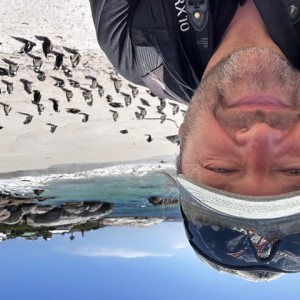
Carl was born and raised in the lowlands in Belgium and became a passionate naturalist at a very young age. As a teenager he gathered as much info as he could about biodiversity and started learning all the bird sounds in his area, later to be expanded with a passion for butterflies, amphibians, reptiles, mushrooms, mammals, and ecosystems where his wanders on the planet would take him. Carl has travelled to all corners on this wonderful planet and has huge respect for the diversity of life on it. He speaks four languages and has a passion for organic foods, geology, ecosystem management, and restoration in Belgium and the Netherlands. A mix of biodiversity knowledge, culture, and humor is his daily recipe as a guide. Carl has travelled also all over the United States many times and he loves communicating with North American visitors. Carl has been working independently as a nature guide for over 35 years and his passion only grows. Sharing knowledge with kindred spirits is his favorite "sport."
Other trips with Carl Grillet
-
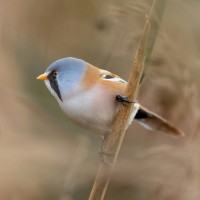 The Netherlands & Belgium Birds, Nature, History & CultureMay 14 - 26, 2026
The Netherlands & Belgium Birds, Nature, History & CultureMay 14 - 26, 2026
-
Pace & Protocols +
Photo credits coming soon.




